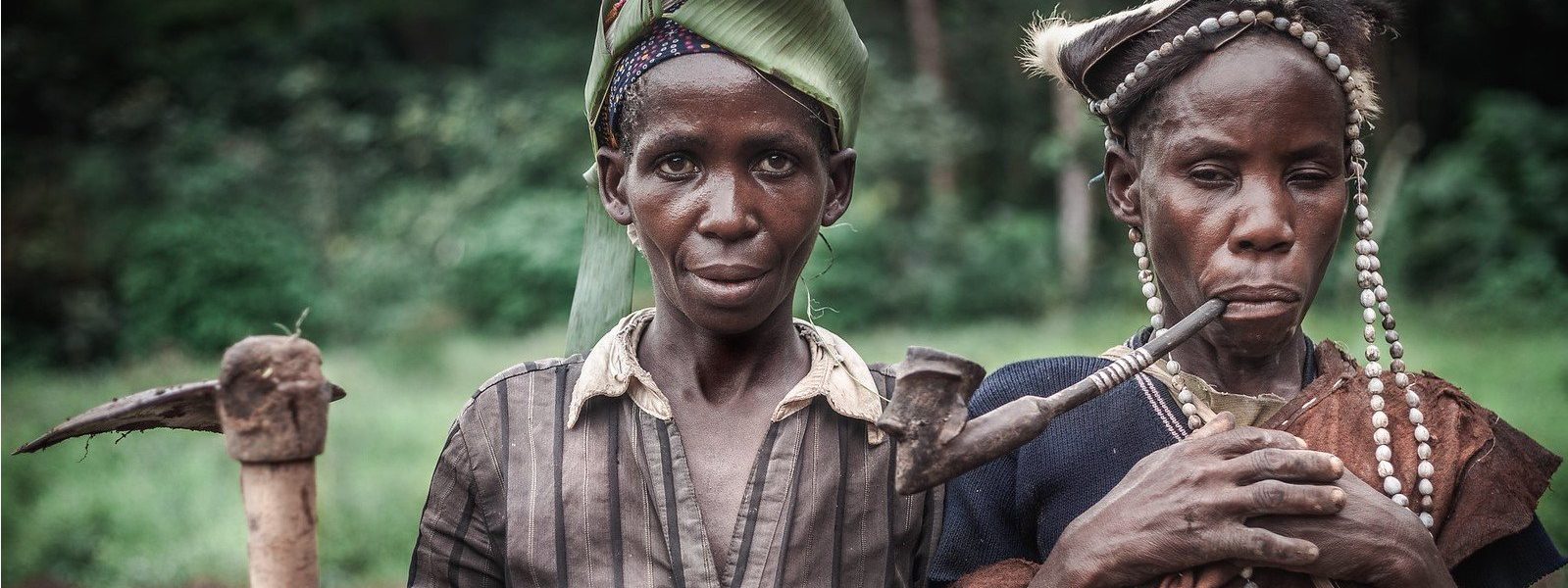Because we are an ethically upright film fixer, we are keen to ensure all our partners and clients do what they are supposed to do in the most ethical way. This guide to Ethical Filming of Tribes might be what you have been looking for. Guide to Ethical Filming of Tribes
The works of filmmakers do often portray tribes shapes what the public thinks of them, much more than it does for many other societies. This is because their work might be the only way viewers ever learn anything about the tribe in question. Public opinion becomes a key factor in how well or how badly tribes are treated, and therefore film plays a crucial role in abuses against tribes. As such, filmmakers have an important responsibility to present their subjects fairly and accurately, and yet be able to treat and accord them a Minimal gesture of respect to their values during and after the shoot.
Our guide to Ethical Filming of tribes is intended to help filmmakers work responsibly with the people.
Tips to working-well and Filming tribes
- Obtain permission from the people who will be filmed, and accept any limitations they stipulate.
- Thorough research must be carried out with a variety of people in the field before filming starts.
- Ensure the tribespeople are properly informed of what the film is intending to portray and how it will be used.
- Ensure any intermediaries are appropriate representatives for the tribespeople in the film.
- Ensure the tribespeople are appropriately compensated for their contribution.
- Ensure all members of the crew understand that they must behave as guests would in a stranger’s house.
- Abandon the project if the people object, irrespective of any agreements previously secured, and how much has been invested in the project.
Truth and accuracy
- Do not deceive the viewer with set-ups or misleading stunts. Here are just a few examples:
- Objects manufactured in factories and used by tribal people should not be hidden in order to make the people look more ‘authentic’.
- Do not ask tribal peoples to wear traditional dress or no clothes at all for the sake of ‘authenticity’.
- Do not ask tribal peoples to re-enact ceremonies/rituals of their ancestors which are no longer in practice, unless this is properly explained to viewers.
- Do not allow the pursuit of ‘a good story’ to lead viewers to an unfair or unrepresentative opinion of the tribe.
Fair editing - Ensure translations are fair and accurate.
Safety for tribes and film crew
- Filmmakers should never seek to film uncontacted tribes or those who have only sporadic contact with outsiders. It is extremely dangerous for both parties and is likely to result in the death of tribal people through the infectious disease to which they have no immunity.
- Rigorous precautions must be taken, including medical checks, to ensure that all crewmembers are healthy before entering any indigenous territory where the inhabitants may not have such immunity.
- Always seek permission from the tribe and the authorities to enter and film in tribal areas. If anything happens which could endanger the well-being of the tribal people or others, the project must be immediately abandoned.
- Ensure the people involved are able to speak freely, without fear of reprisals from governments or corporations. Preserve their anonymity where appropriate.
- All tribal peoples face threats to their wellbeing, ensure these are not ignored in the film (even where they are not the main subject).
Remember, this is more important than it is for other societies who are likely to be better known to viewers.
Fair editing Guide to Ethical Filming of Tribes
- Ensure translations are fair and accurate, and not manipulated by outsiders, especially in areas which are under government (or corporate) control.
- Unusual behaviour must not be portrayed as representative: unusual aspects of tribal life must be shown in context with daily life. This is more important than when filming non-tribal peoples.
- Filmmakers must adopt the principle that (whether this is likely or not) the people portrayed will view the finished product and bring the full force of the media and law to bear against unfair and disparaging representations.
- Wherever possible, one or more representatives of the tribe must be shown the film before final editing, to give them the chance to correct mistakes and approve the way they are represented.
Truth and accuracy Guide to Ethical Filming of Tribes
- Do not deceive the viewer with set-ups or misleading stunts. Here are just a few examples:
- Objects manufactured in factories and used by tribal people should not be hidden in order to make the people look more ‘authentic’.
- Do not ask tribal peoples to wear traditional dress or no clothes at all for the sake of ‘authenticity’.
- Do not ask tribal peoples to re-enact ceremonies/rituals of their ancestors which are no longer in practice, unless this is properly explained to viewers.
- Do not allow the pursuit of ‘a good story’ to lead viewers to an unfair or unrepresentative opinion of the tribe.
Discriminatory treatment and language Guide to Ethical Filming of Tribes
- Never claim that tribal people are ‘backwards’, ‘savage’, ‘primitive’, ‘Stone Age’, or any similar term. These are neither true nor defensible.
- Never suggest tribes are not a part of the ‘modern’ world: it implies they and their way of life belong to the past. They may not be ‘industrialised’, but they are just as many citizens of the 21st century, and therefore just as modern, as anyone else is.


